
Hemlata Pradhan is an accomplished botanical artist and founder of Himalayan Trust for Natural History Art (HTNHA), who is deeply committed to making art a conduit for conservation of our Himalayan ecology, and its attendant socio-cultural ecosystems. Hailing from a family that has, over four generations, cemented their reputation as eminent horticulturists and botanists in the Sikkim-Darjeeling Himalaya, Hemlata’s foray into botanical art is perhaps not surprising. In her formative years, her parents and especially her father, Udai C. Pradhan, a well-respected Orchidologist, horticulturist, botanical illustrator, and author, were influential in their recognition of her talents and her skills as an illustrator. However, despite the well-established familial history and reputation as botanists and horticultural entrepreneurs, Hemlata has charted her own trail, and cemented her identity and legacy. She has built a successful career as one of the only two, female botanical artist in the Himalaya (the other being Neera Joshi from Kathmandu, Nepal) and HTNHA, a platform for inculcating ecological citizenship among rural youth from the eastern Himalaya.

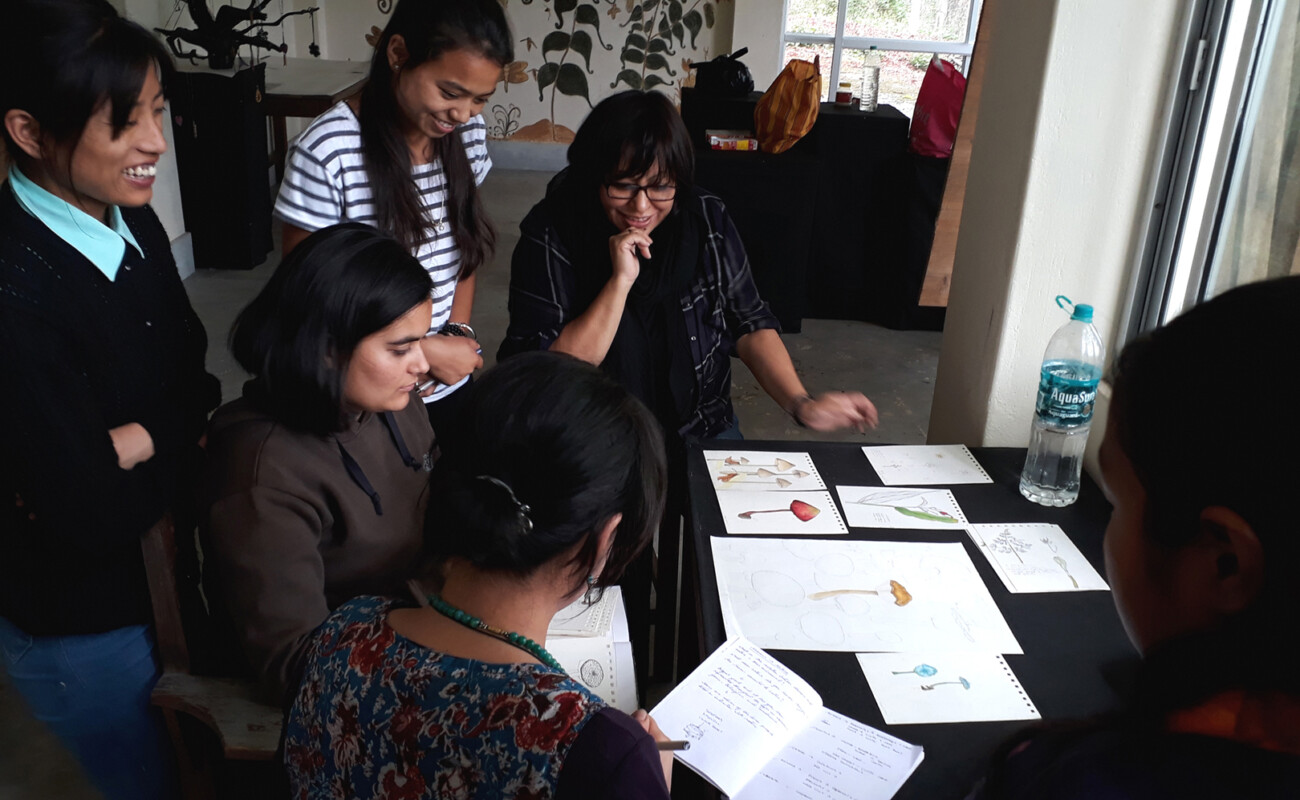
Hemlata grew up in Kalimpong, West Bengal and spent many holidays in the fields and forests of their family farm near the Relli river; these childhood experiences fired her imagination and generated a lifelong fascination with plants and the natural world as a whole. Drawing and painting the natural world, especially Himalayan native flora and fauna, became her language and medium of expressing her connection, respect and adulation of the region. In 1993, Hemlata, encouraged by her parents, sent her painting entry to the Japan Grand Prix--- the international Orchid Festival in Tokyo, Japan. Her painting of Nervilia Macrogloss (a terrestrial orchid native to the Himalaya) was selected for the Trophy Award. This was the beginning of her career as a botanical artist.
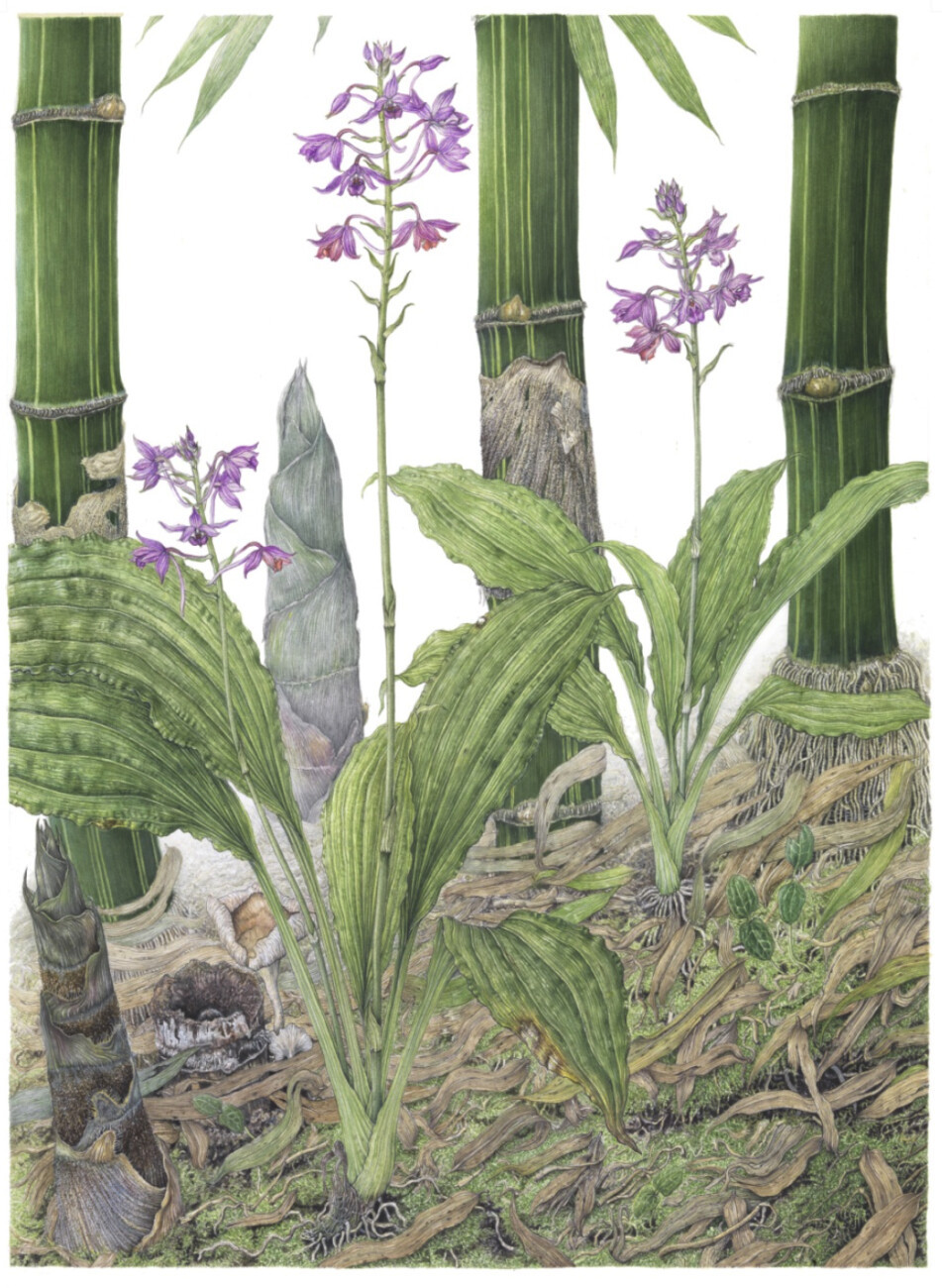
She is the first Indian to win the Royal Horticultural Society’s Gold Medal and the 18th World Orchid Conference Gold Medal in France for her paintings of India’s wild orchids.
After finishing her high-school from Dr. Graham’s Homes, Kalimpong, she joined Kala Bhavan, Visva Bharati, Shantiniketan, West Bengal for a Bachelor’s Degree in Fine Art in 1993, where she studied print-making. Trying to pursue art as a career and livelihood was not without its challenges; however, her heart was set on being a botanical illustrator, and in 1998 she completed her post-graduate Diploma in Botanical Illustrations from Kew Gardens, London under eminent plant illustrator, Christabel King and Dr. Judy Stone. In 2000, she received further scholarship to continue her Master’s Degree in Natural History Illustration and Ecological Studies at the prestigious Royal College of Art, London. Since finishing her education, Hemlata has exhibited her art portfolio in the United Kingdom, France, Nepal, India, Thailand etc. and won many prizes and accolades, especially for her rendition of Himalayan Orchids. She is the first Indian to win the Royal Horticultural Society’s Gold Medal and the 18th World Orchid Conference Gold Medal in France for her paintings of India’s wild orchids. She is a member of the Education Committee of the Orchid Specialist Group, World Conservation Union, and Species Survival Commission. One of her most prominent collection of paintings of India’s Jewel Orchids, were depicted on Bhutan’s 2002 postage stamps and First Day Covers celebrating the Year of the Mountains and as a commemoration of the second Meeting of the Orchid Specialist Group. In 2009, she was invited by the British Museum to display her art and conduct workshops in botanical art during their Indian Summer event.
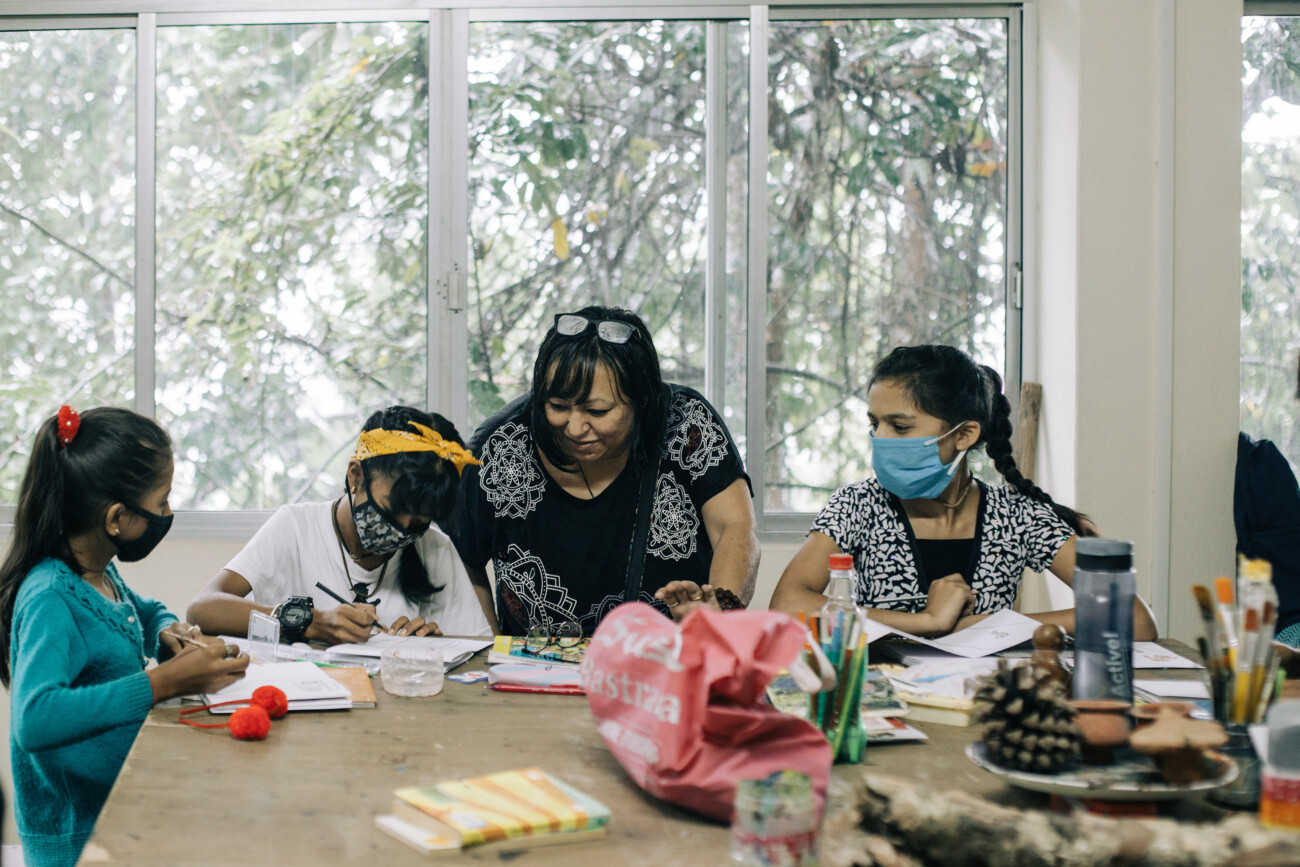
Along with her success as a botanical artist, she has also been successful in integrating nature and art into the everyday lives of young artists from rural areas of Kalimpong district. The construction of hydropower projects on the river Teesta and its tributaries, and Mahananda Wildlife Sanctuary has led to irreversible damage and destruction of natural environment and biodiversity of the area. Hemlata was deeply affected by the destruction and loss of orchids, plants, and trees endemic to the region. Becoming a member of Indian-Subcontinent Regional Orchid Specialist Group of the IUCN/ SSC (International Union for Conservation of Natural and Natural Resources/ Species Survival Commission) deepened her awareness of our dwindling natural heritage and led her to question her responsibility and contribution as an artist.
Hemlata views nature and environment as a part of our collective heritage, and hence the urgency to conserve in the face of ongoing destruction.
Hemlata views nature and environment as a part of our collective heritage, and hence the urgency to conserve in the face of ongoing destruction. Thus, in 2003, taking a step further, she started HTNHA with the pioneering vision of combining art, education and conservation at the grassroots, amongst young children from rural areas in and around Relli valley, Kalimpong. HTNHA aims to fulfill two roles—revive the dying tradition of Indian botanical art and awaken the ecological ways of seeing the natural world, especially amongst the youth. She was successful in establishing the School of Natural History Art in 2011 where she, together with a handful of visiting faculty began providing hands-on workshops in the field of ‘Art with Nature’ as the core subject. The early days were full of challenges, as the very first lessons that the teachers and students had to learn were that of compassion and trust.
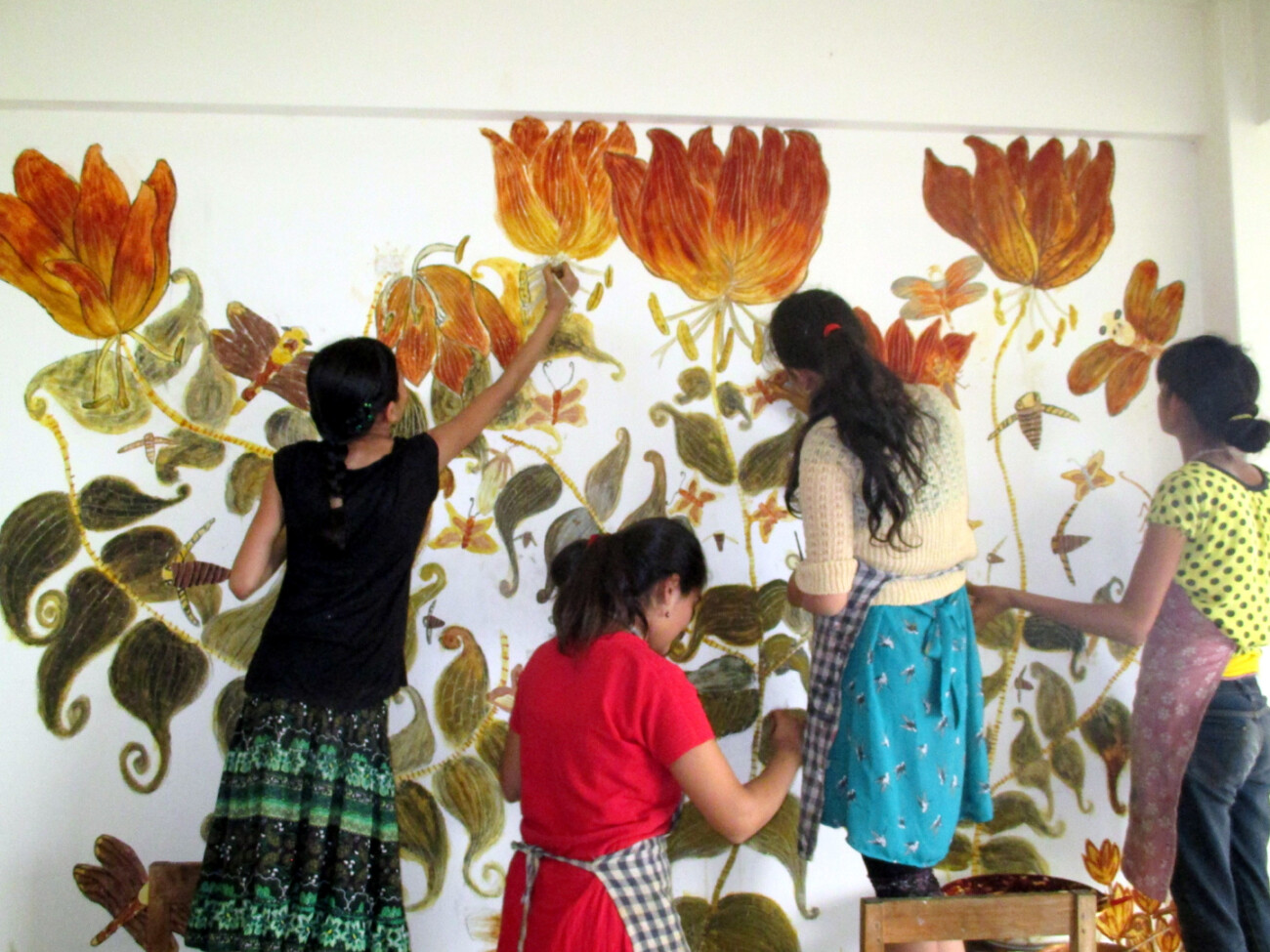
Destruction of the natural environment motivated her to work relentlessly in observing, documenting and immortalising these plants and trees for the future generations who might not be as lucky to see them in nature. Her aim in doing so was to (i) highlight them as extremely important subjects for conservation (ii) immortalize the plants on paper for all times to come (iii) assist the conservation biologists in their works (iv) help bridge the gap between art and science and (v) raise public awareness of the flora and fauna of the eastern Himalaya. Botanical art requires the dual acumen of an artist and a botanist; she worked in close collaboration with botanists and surmounted challenges related to fieldwork, spending time getting to know the plants and their habitats intimately.
For Hemlata, the grassroot is the focal point for her initiative, as she believes that they are the future custodians of the environment.
HTNHA challenges traditional structures of society and the art world with the aim of making art more inclusive, and not an exclusive domain of only those with the means or networks. For Hemlata, the grassroot is the focal point for her initiative, as she believes that they are the future custodians of the environment. The School of Natural History Art is based on the philosophy that art could be a means to help provide holistic education to children at the grass roots, preparing them mentally and physically to meet the challenges of everyday living, inculcating environmental consciousness, along with skills for livelihood and sustenance in the future. Hemlata’s vision is guided by these core philosophies:
- Art is a universal language that everyone, even a layman or a child can understand and enjoy.
- Nature encompasses everything and is the best teacher one can have if we are open to it.
- A child, with his/her natural curiosity, power of observation, open mindedness, inquisitiveness and playfulness could become its ideal student.
- A child could become an instrument of positive change in his/ her society and the world at large.
At the School for Natural History Art, children from different socio-cultural backgrounds are welcomed and are taught to observe and explore nature through the medium of painting, ceramics, sculpture, textile, design and jewellery design, natural history illustration and ecological studies. They are also taught how to be innovative and versatile with their drawings and are encouraged to try different styles, techniques and mediums. Students attend regular school during the day, and then attend art school in the evenings, weekends and holidays. Educational field trips form a vital part of the curriculum which give the students a new sense of awareness and the tendency to observe more closely the natural world around them. The students gain a plethora of skills, they learn nature journaling, field observation and drawing skills, blind and contour drawing, how to make dried and spirit specimens, herbaria, seed banks, compost etc., all with the aim of empowering them as ecological citizens and providing a sustainable future for them.
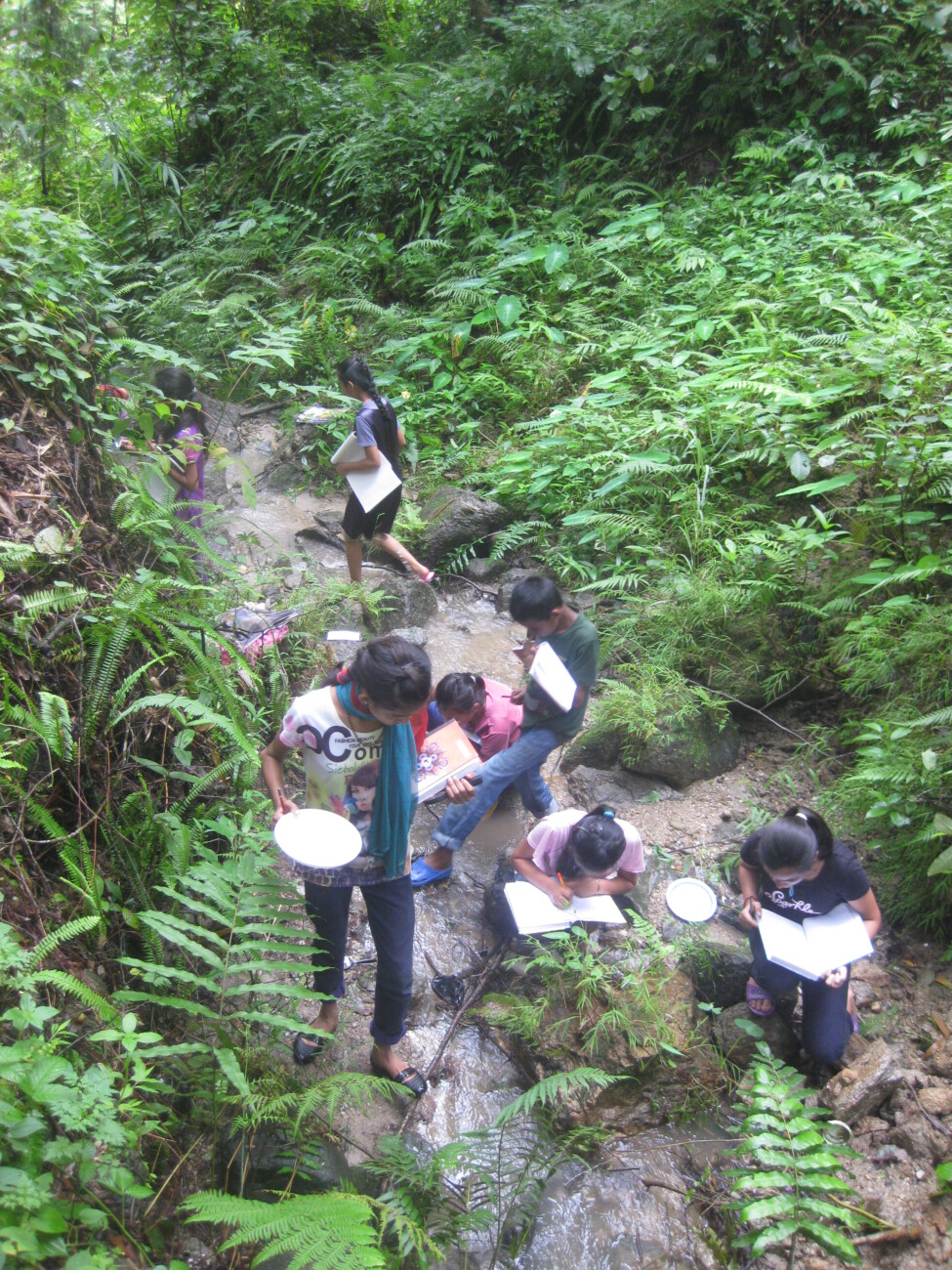
The first batch of students was a group of young children aged 6-12 years from villages in and around Kalimpong. A short backstory can perhaps give a glimpse of the transformative impact, the School has had on the children. Hemalata narrates,
"On their first day at the art school, I asked the new students if they attended regular schools. I came to know that they did and I sighed - ‘Ok, that’s a silver lining!’ only to have Pushpakala, the oldest student giving me quizzical looks. She said with a pinch of regret in her voice, ‘Miss, if there are too many chores around the house our parents tell us not to go to school!’ There was also the fact that these children had never touched colours in their lives nor were they aware of the art world. And to put the icing on the cake, their parents did not want them to learn ‘art’ and waste their precious time when they could be better off just helping around the house or earning a rupee or two by doing odd jobs. I knew I was up against a tough yet exciting challenge. To begin with, I made some thumb rules that were simple and practical to follow for the children whilst also trying to get the positive support of the parents and other community members:
Thumb rule no. 1: ‘This little art school expects you to leave all your worries and problems at the gate, don’t bring the baggage in. Rejoice in being here and just enjoy creating and having fun in the process. After class, we can discuss your problems and see if we can come up with solutions together.’
Thumb rule no.2: ‘I promise dear diary and sketchbooks to maintain you with respect and dedication.’
Thumb rule no. 3: ‘It is compulsory to complete all your regular school assignments, studies and other home chores before you can sit down with art.’ This rule in fact was incorporated much later when I found out that the children had actually started to intentionally miss regular schools and home chores in order to be at the art school- which was proof enough that they enjoyed being at the art school but we did not want any more trouble from their regular schools and parents!”
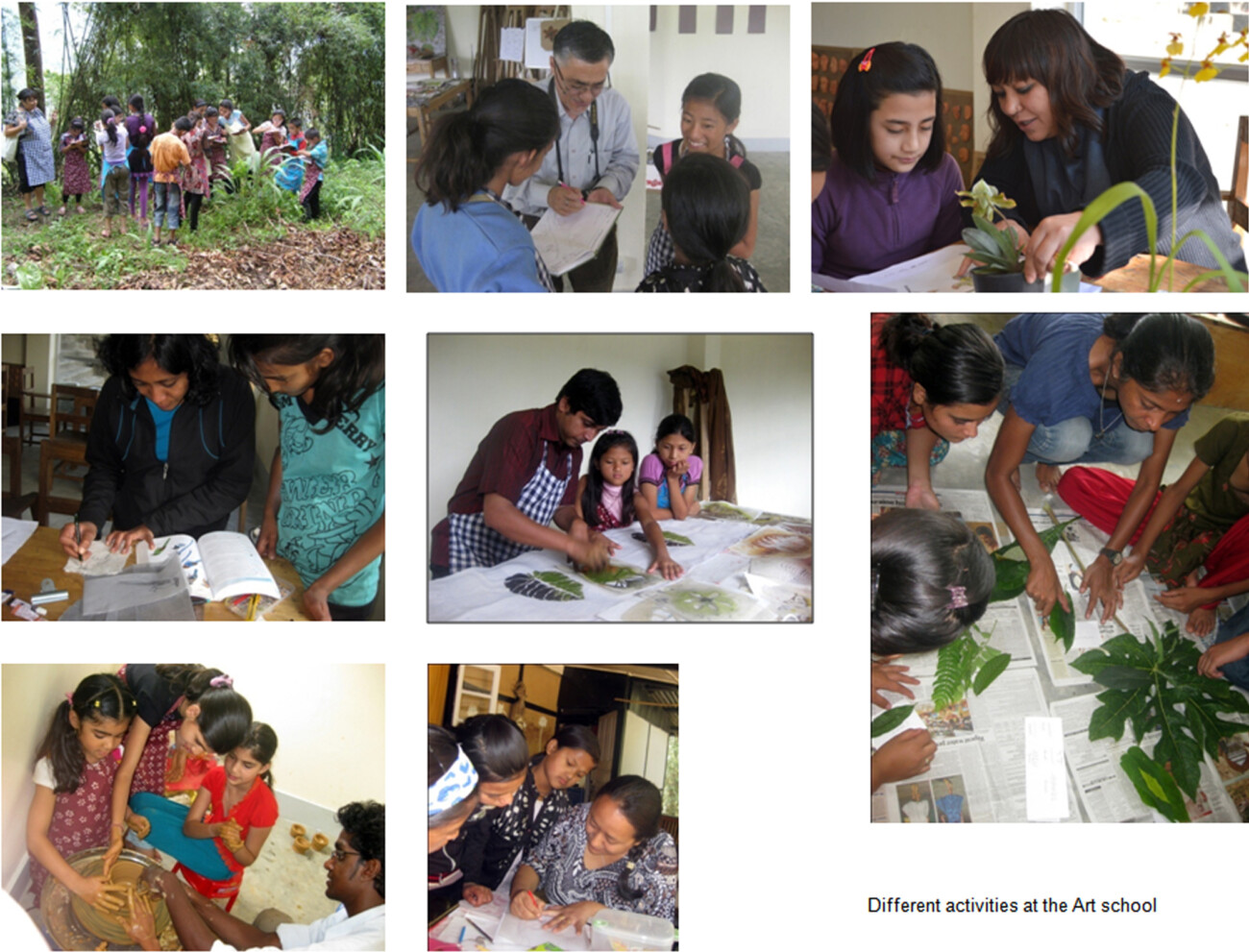
Hemlata and her team also initiated numerous innovative ways of keeping the students engaged and learning. For instance, tea and biscuits became a dialogue opener! The art classes begin by 4:30 pm after they return from regular schools. Providing evening tea and biscuits which began as "something that will help them to feel more energised before the art sessions" later proved to be a beneficial activity as it helped open dialogue amongst the students and encouraged sharing of ideas and knowledge beyond school books in an informal setting. The students who were otherwise timid and shy began to feel less conscious about expressing themselves. It also gave them an opportunity to be heard, which helped them feel more confident about themselves. Another innovation was the blind sessions; the art sessions begin with a good dose of "blind drawing" exercises or other art games and a lot of laughter and singing. This exercise helps the students loosen up mentally and physically and gives them the opportunity to feel, think, and discover for themselves while helping to build drawing and observation skills. These sessions are also very therapeutic and are crucial to the healing process of troubled and overburdened minds which is common amongst young children from rural areas. Hemlata recollects,
“In the beginning, it was a common sight to see grimy hands being dipped in spit and pages of books being turned like a hurricane would, dog-ears on each page, books and rubbers flying from one end of the classroom to another, nil punctuality, no interest in books and lessons and no respect for anything whatsoever.”
In order to change all that, Hemlata began to experiment with ideas which brought about some positive changes – the art school supplies the children with free diaries, sketchbooks and other stationary every year, provided they take responsibility and maintain them well. This is their first lesson in responsibility and hygiene. They are requested to treat them as they would their best friends. Hemlata suspects that the mention of "best friends" has to a large extent been the catalyst for the changes. In the villages, she has noticed that the children are closer and confide better in their best friends rather than their parents. Thus, one can imagine how much a best friend means to the children! It is also mandatory for them to create field drawings and sketches and note down their observations and thoughts every day in their diaries and sketch books. They even carry them to their regular schools and work during lunch breaks and any free hours they get during the day. Children are naturally inquisitive, curious, open minded and natural researchers and the diary allows them the freedom to "discover and learn" by themselves. Many times, Hemlata has come across observations and sketches that are very unique and insightful. She shares an anecdote from her diary-
‘‘Celestina Lepcha, came back from school all flushed with excitement. She told me that she had seen a giant bird on a Fig tree near her school. The very next day I could see all the children shouting with excitement outside the art school. Just as I came outside to see what the hula-bula was about, I heard and saw a huge bird sweeping past the school building. It was the Great Indian Hornbill! It was a rare sighting and a treat for us all. Celestina told me later that this was the very kind she had observed on the Fig tree eating the fruits! Documentation of such experiences and truth in the form of art and writing by children are prolific, fun and easy for even a layman to understand!”
For Hemlata, being enthusiastic and open to new ideas and suggestions has been crucial in the students’ continued participation. She says, "When a child comes to you with positive ideas be open to them. My favourite line is ‘Sounds fun! Let’s try and see what happens’. They can come up with the most innovative and unique ideas that an adult wouldn’t even think of! For instance, Saroj a 13-year-old student, once carried a large bamboo sheath all the way from the forest thinking that he could perhaps try painting on it. As he started painting, he soon found out that the sheath had the tendency to curl up during the hot and humid monsoon season; his assignment now is to find a way to treat it so that it retains its natural straight form. He has been given time to do his own research and come up with his own theories which will help him develop his thought and interest further, while helping him to discover the ‘how’ and ‘why.’"
Over the years Hemlata has learnt that each child is unique with his / her own unique qualities, talents, abilities and requirements and that one needs to be aware of and sensitive to their individual needs.
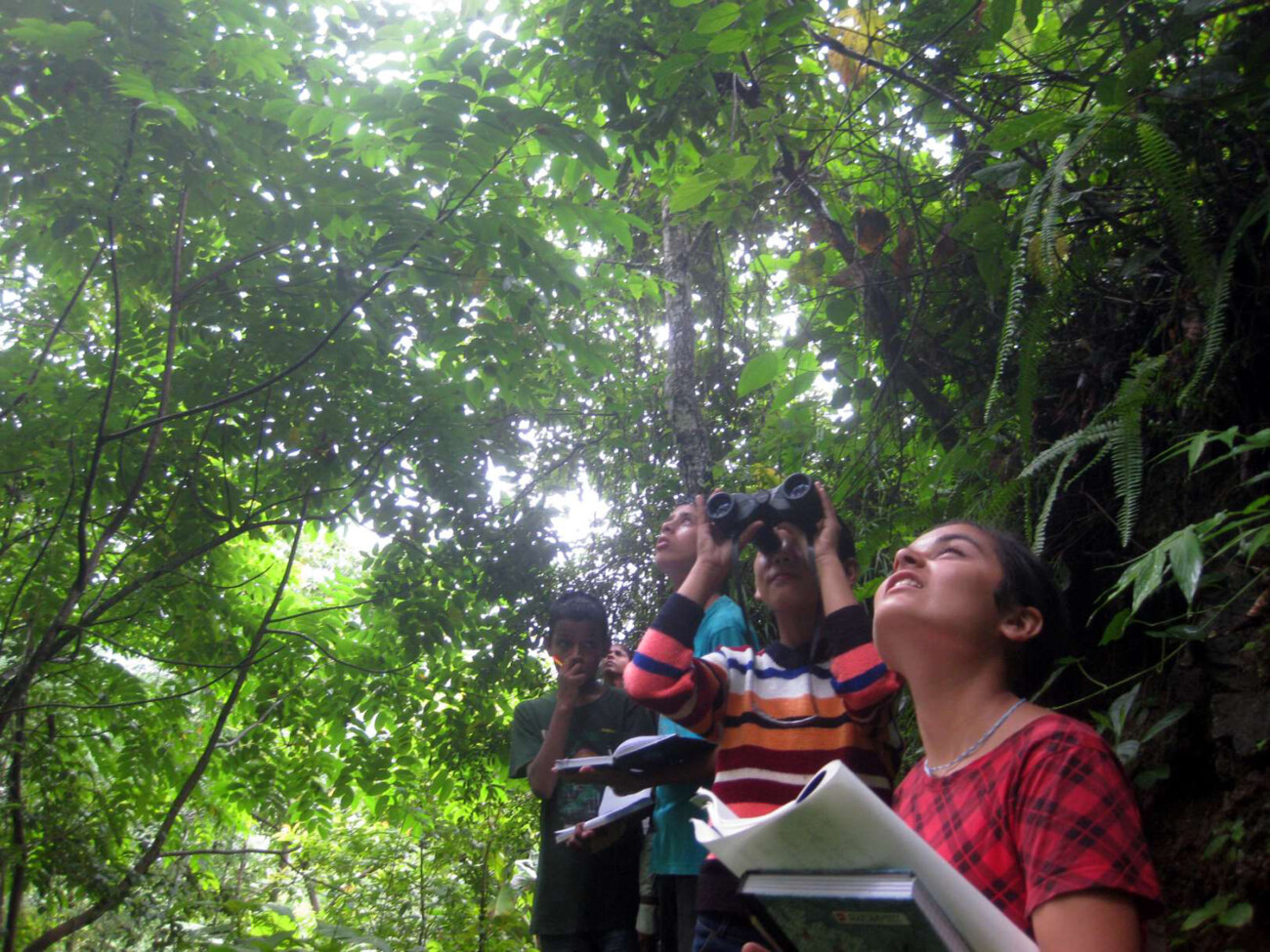
Over the years Hemlata has learnt that each child is unique with his / her own unique qualities, talents, abilities and requirements and that one needs to be aware of and sensitive to their individual needs. One cannot force a child to "like" something that he/ she does not choose to like. Instead, providing options and opportunities whenever possible can help bring out the best in a child. For instance, another student Pushpakala decided that she loved birds more than anything else. She attended a workshop by bird artists, where she learnt about drawing and sketching birds, bird watching etc. and absorbed the lessons passionately; she is now one of the best young bird artists at the school. She has even begun to make extra efforts to learn their scientific names and study their habitats! Another student, Roshika’s interest lay in the performing arts. She was at the art school just because all her friends were there and that there was nothing exciting to do in the village! She loved singing and dancing, and has been able to enjoy and hone her talent through the dance and music workshops that have been organised at the school. This in turn helped her to feel more confident and happier about herself, which reflected in her improved artwork.
Besides art classes, the students visit other schools and institutes, or other students visit them and these interactions instil a sense of unity, sharing, communication, exchange of knowledge, ideas and friendship amongst them. These exchanges can be a wonderful source of inspiration, learning and encouragement for all.
Besides art classes, the students visit other schools and institutes, or other students visit them and these interactions instil a sense of unity, sharing, communication, exchange of knowledge, ideas and friendship amongst them. These exchanges can be a wonderful source of inspiration, learning and encouragement for all. The world of art is full of literature, history, geography, the sciences and maths. The children have understood this and have begun to take keener interest in the different subjects they study at their regular schools. Plus, art has helped them develop fine motor skills which in turn, have helped them focus better in their academics. For students like Sumrita and Saroj who are dyslexic and perform poorly in their school subjects, incorporating their imagination while teaching has helped them understand their lessons better.
It has been 20 years since the establishment of HTNHA, we speak with Hemlata Pradhan about her journey so far.
Have your graduates continued to pursue art or have they gone on to do different things?
Few students have gone on to different things due to family situations and pressure and there are others who are presently pursuing art as a career.
How many students do you have at the moment? What is the future for botanical art in India and in the eastern Himalaya?
I presently have 6 new students from the neighbouring villages and more wish to join us this year. There is a sudden resurgence of botanical art in India which is good news for those who wish to take it up as a career. Botanical gardens in our country are lacking proficient in-house illustrators / artists. Besides, conservationists, botanists, plant authors textile and fashion artists, architects and interior decorators are always on the lookout for botanical artists and since India is booming in every way now, there is no dearth of career opportunities for plant illustrators. There is definitely space for botanical art to grow big in our country.
What needs to be done to make conservation and ecological stewardship a more prevalent phenomenon in the eastern Himalaya?
I believe the seed to any kind of stewardship has to be sown at home first. The first major step is to create awareness about the web of life amongst young children, family members and co-habitants. Simple acts like conserving water and other natural resources, recycling and upcycling, moving to eco-friendly alternatives could be incorporated in many aspects of life. Schools and organizations could form modules and incorporate them as important part of their school lessons instead of brushing it aside as a one off Environment day programme! These are tiny steps that can cause a ripple effect in the long run that can help bring about definite awareness and changes.
Could you tell us about the Art in Nature event?
The event began as a tiny brainwave between my friend and our visiting faculty, Alyen Foning. Both of us wanted to bring the School of Natural History Art to limelight once again after the pandemic and lockdowns. What started out as annual exhibition of HTNHA soon turned into a bigger event as more visual artists, performing artists and speakers not just from India but also Nepal and Uruguay wanted to collaborate with HTNHA in order to speak about and for Mother Earth and nature through different art forms, workshops and lectures. This event brings into focus the myriad forms and colours of nature that abound around us through the various mediums and offerings of the heart. The single-fold purpose of this show is to raise awareness about our dwindling natural heritage while joining together in remembering, celebrating and reconnecting to Mother Earth and her biodiversity to honour, preserve and protect her.
PHOTO GALLERY
(click to enlarge)
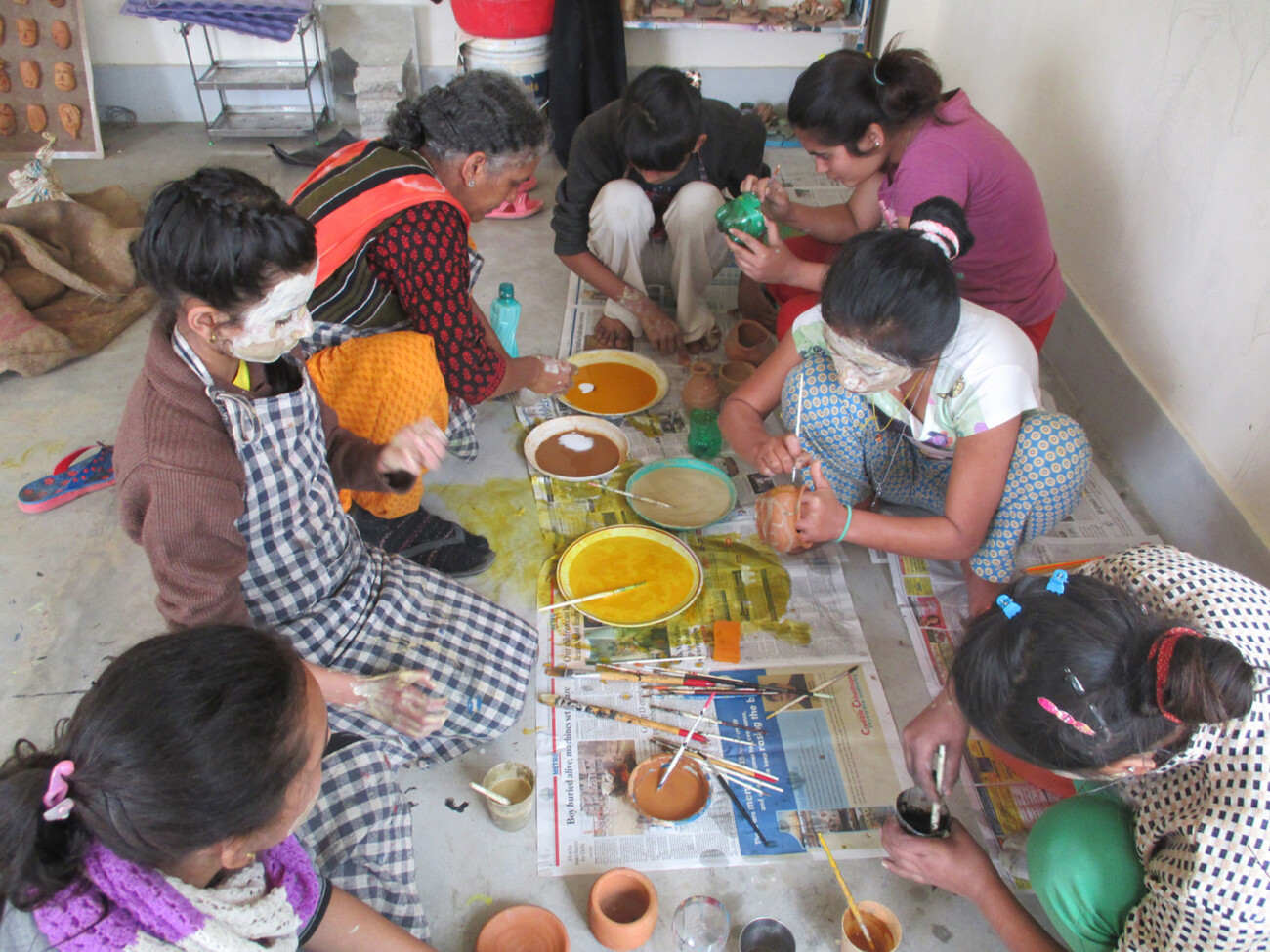
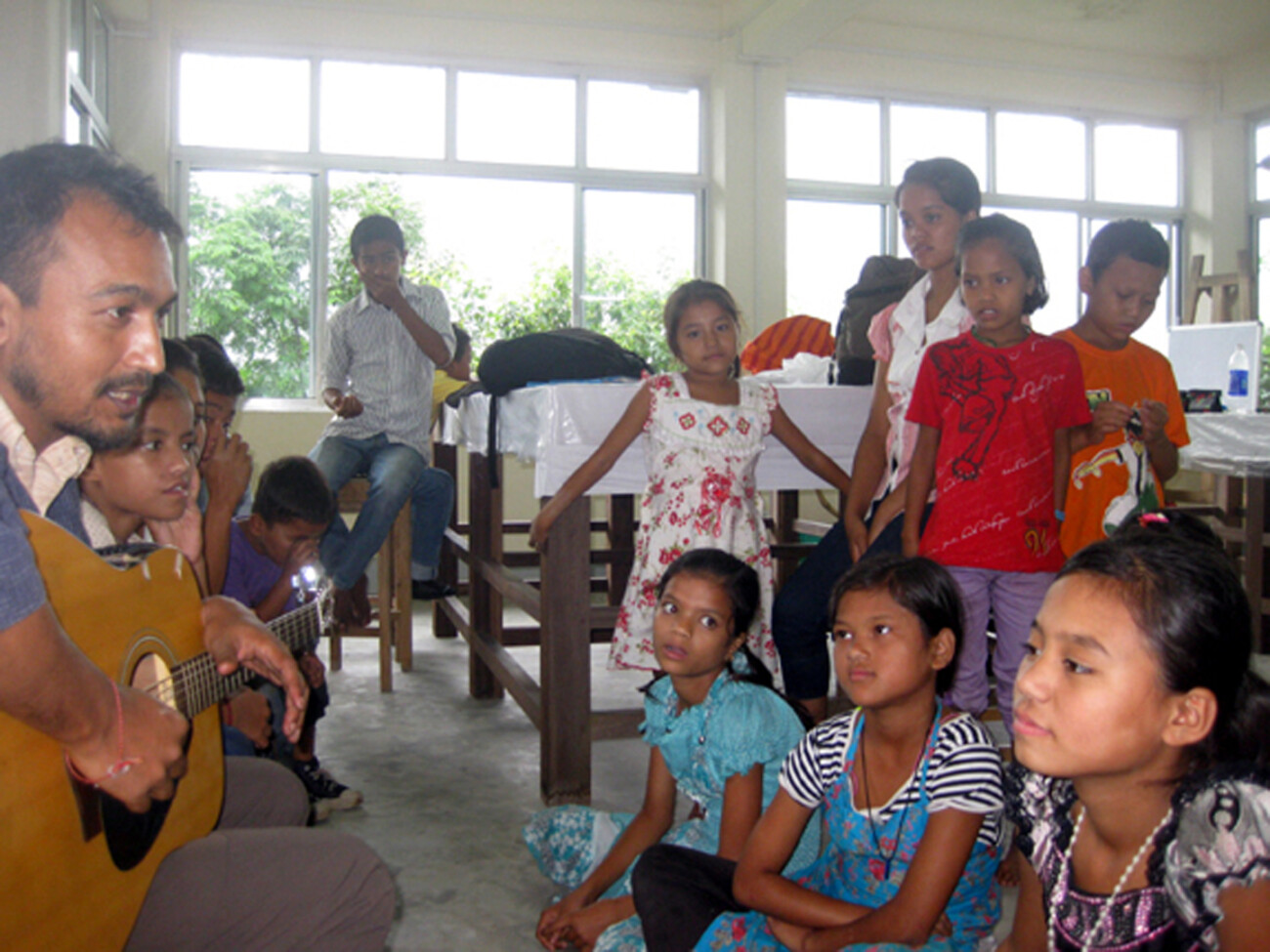
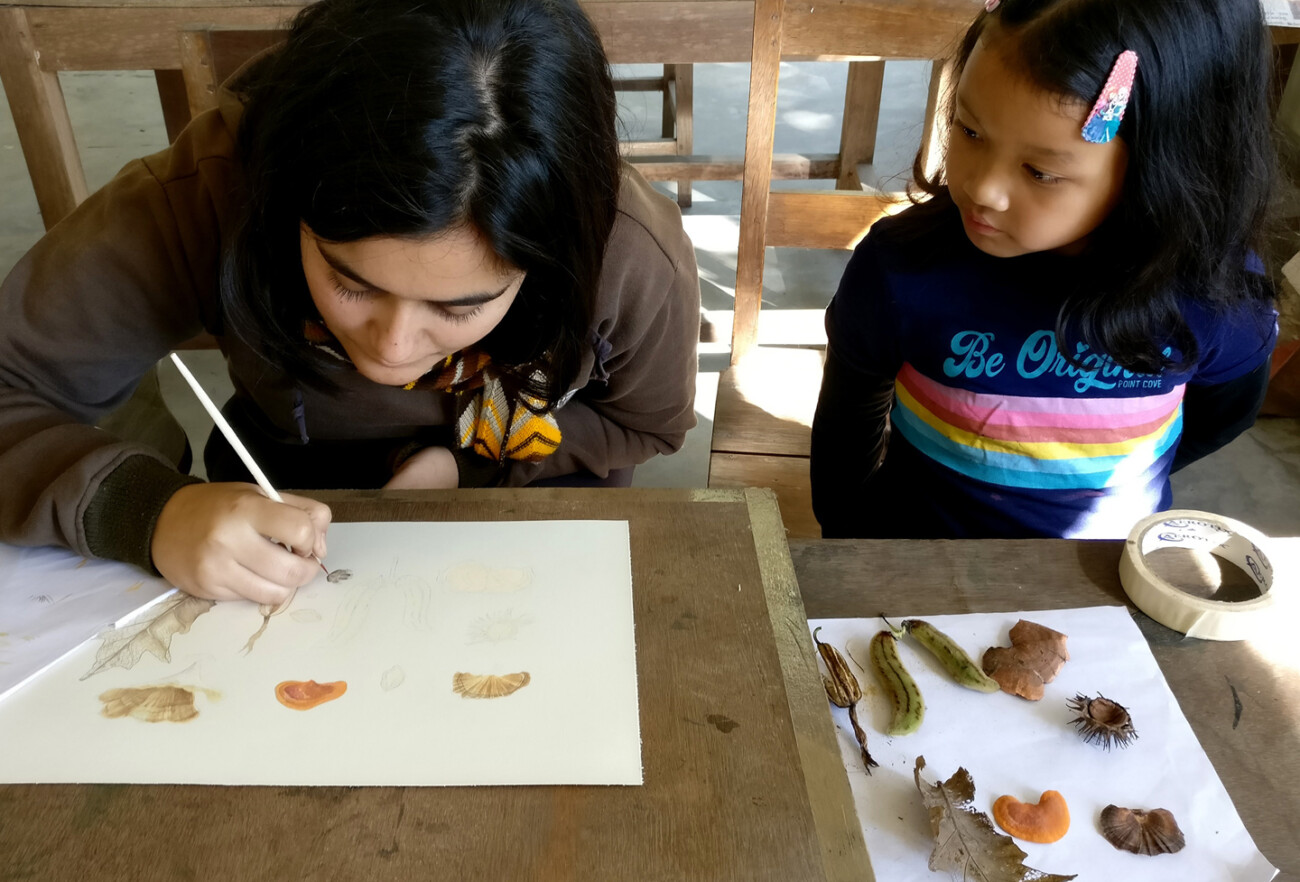
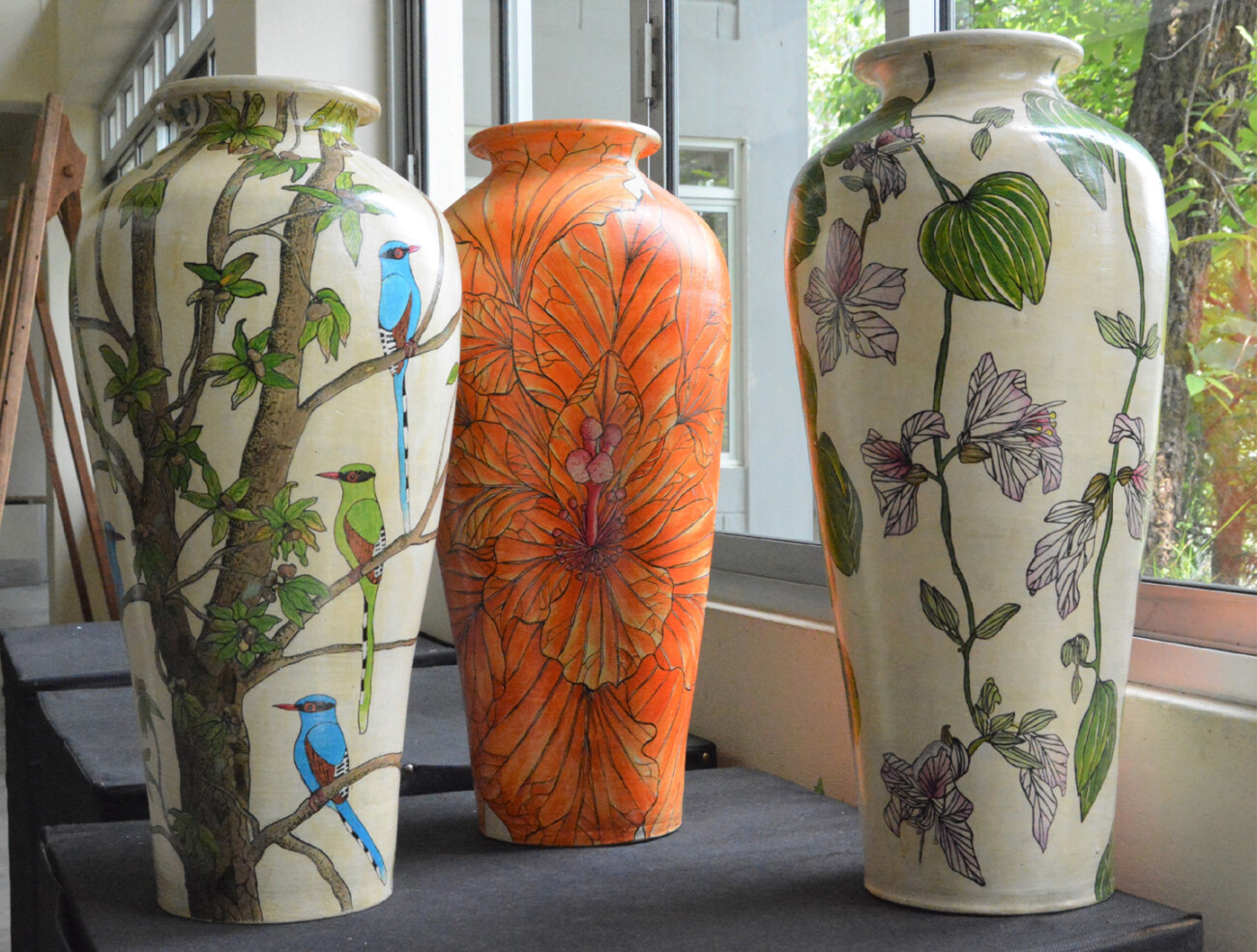
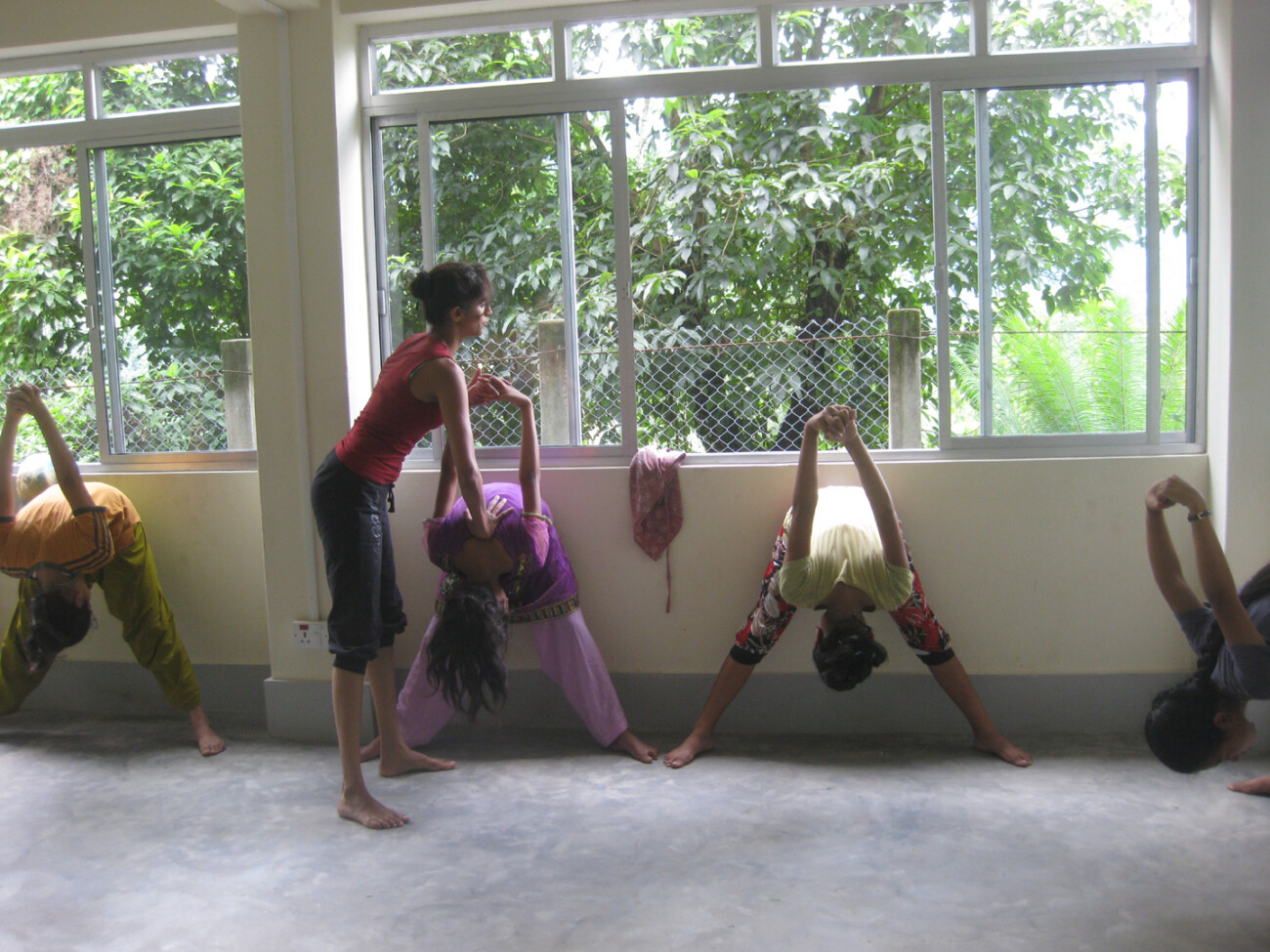
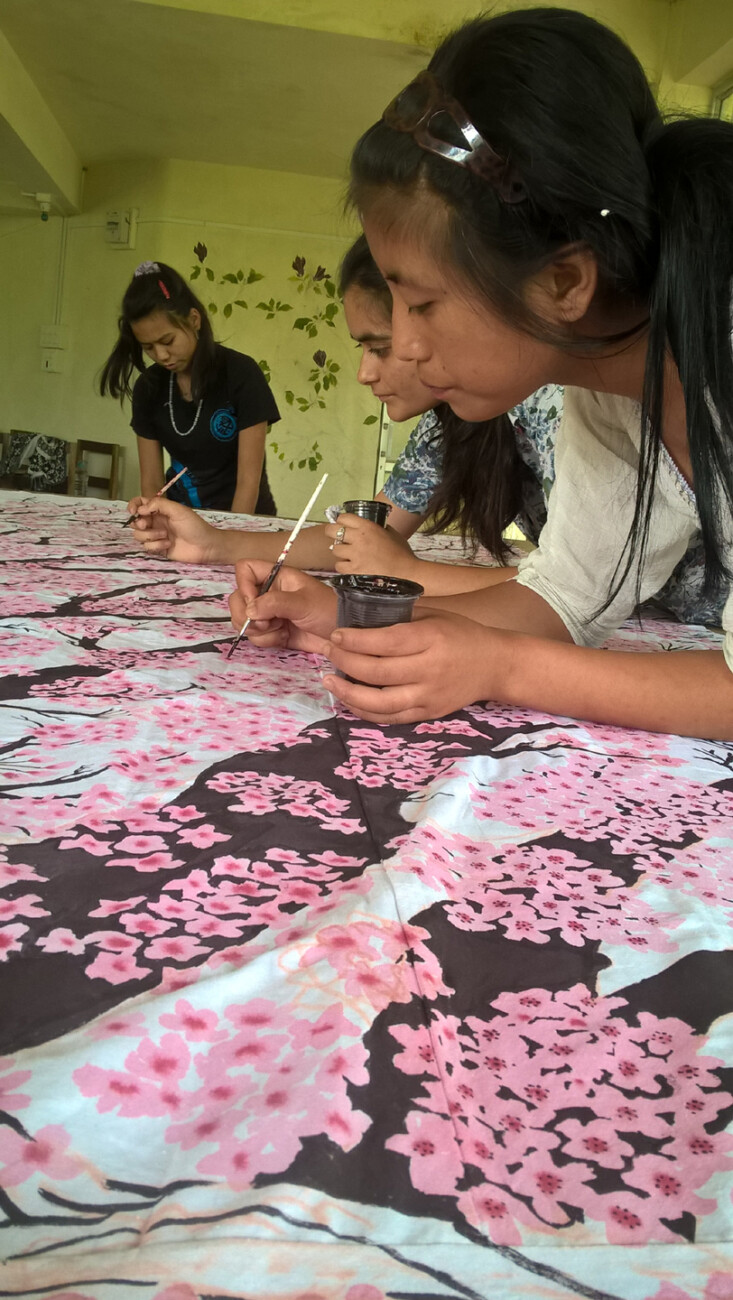
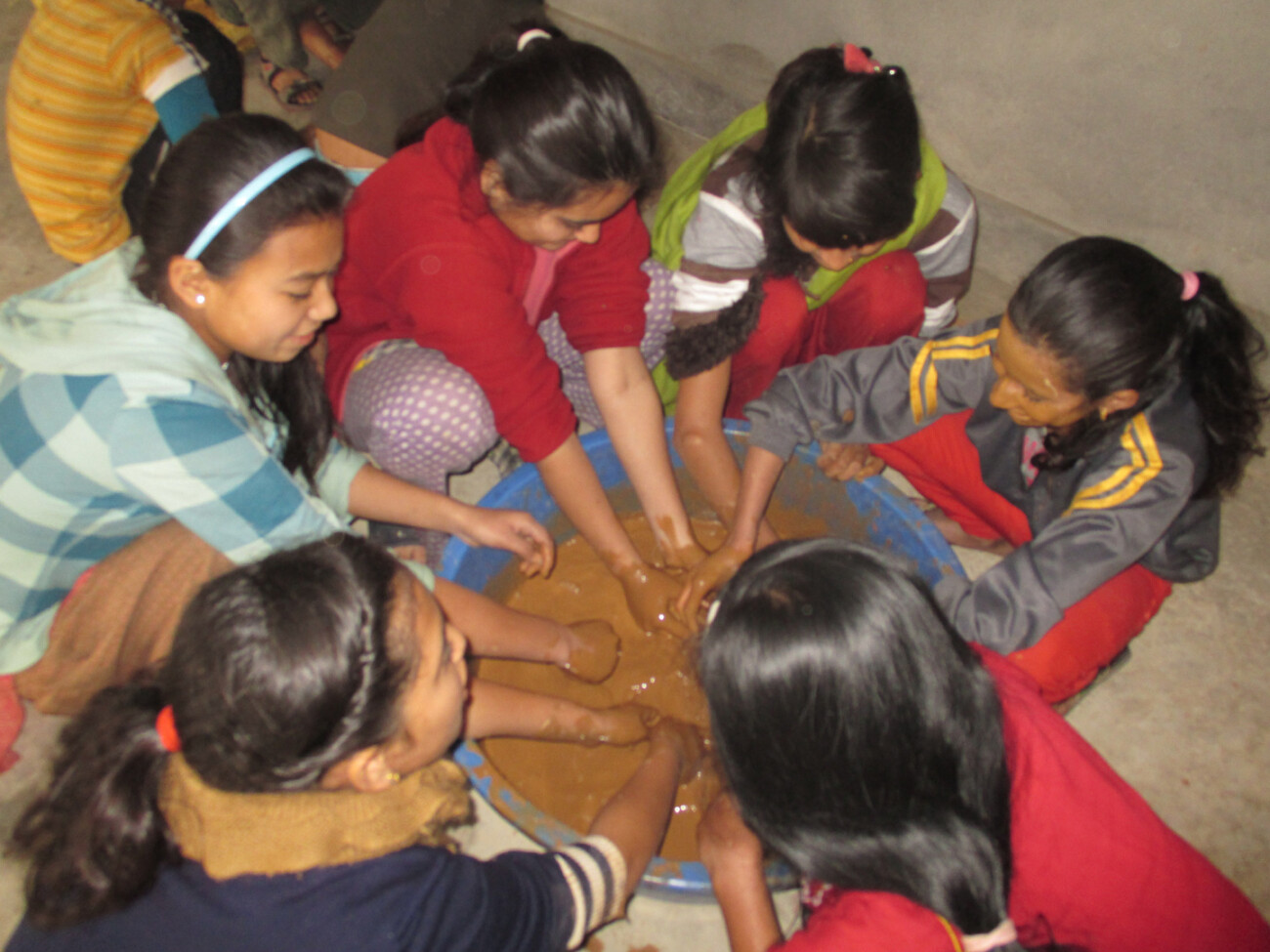
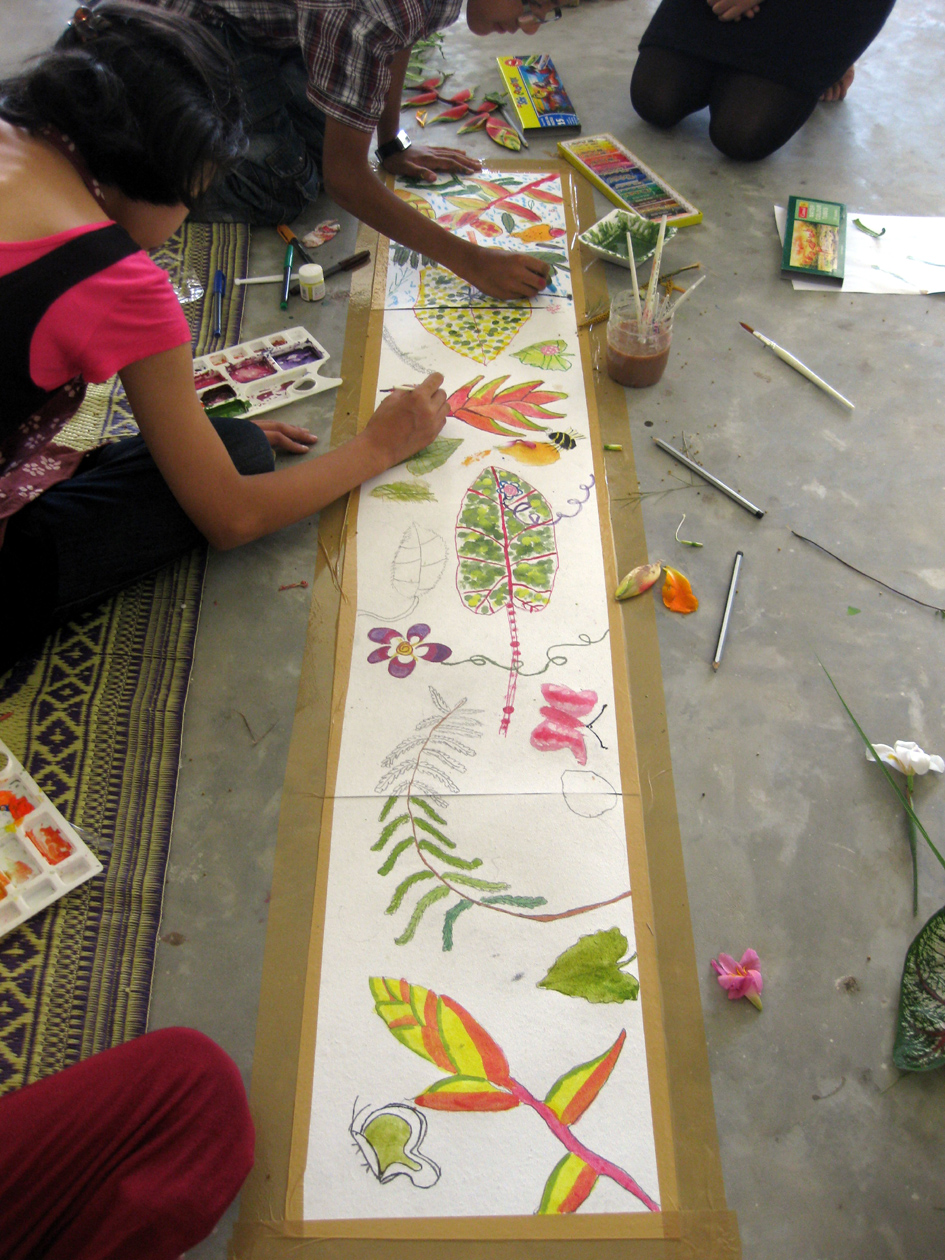
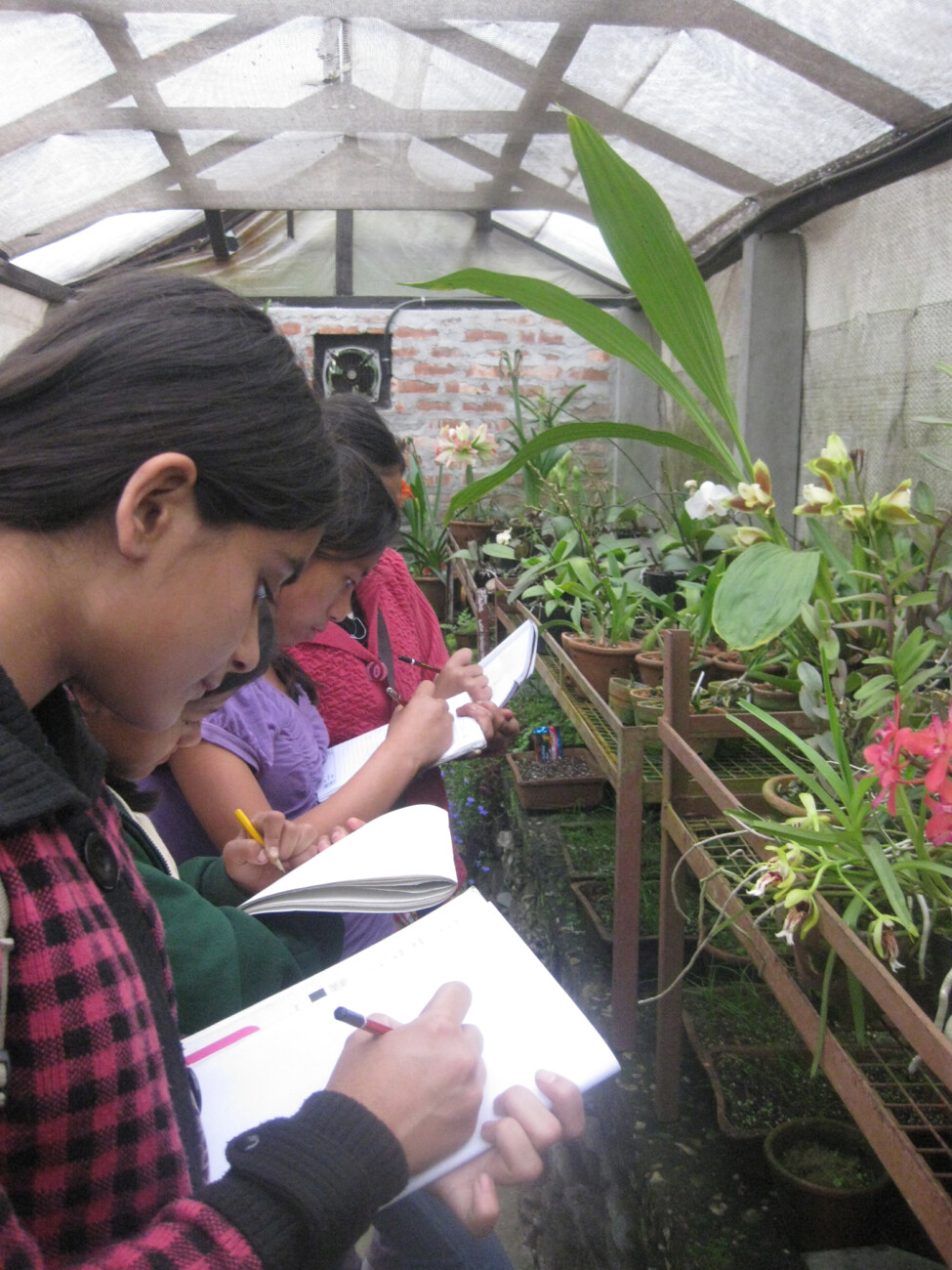
7 comments on “ART & NATURE CONSERVATION WITH HEMLATA PRADHAN”
Leave a Reply
Latest Posts
Latest Comments
No 'Comments_Widget_Plus_Widget' widget registered in this installation.


Hi, I think your website might be having browser compatibility issues.
When I look at your blog site in Safari, it looks fine but when opening in Internet Explorer, it has some overlapping.
I just wanted to give you a quick heads up!
Other then that, great blog!
Thank you so much! 🙂🙏
This is a truly wonderful project initiative. Coming from the eastern Himalaya region in the northeastern region of India, I wish that more such schools are started widely in our region. Hemlata’s work is not just precious, it is heritage in the making.
Just Wow! Wow! And Wow! Speechless! Such a labour of love and the results are for all to see! Amazing work by the artist and her students. Please keep up the good work! We're immensely proud of you.
Thank you Freya!🙏❤
Astounding at all levels!! Hemlata's eye and art are transcendent; her goal and skillful mode of engaging and training children to see and conserve the matchless Himalayan ecology equally brilliant. So heartening in an often heartless world. Bravo for her work and for your making it better known through the website!
Thank you Your Highness!🙂🙏❤